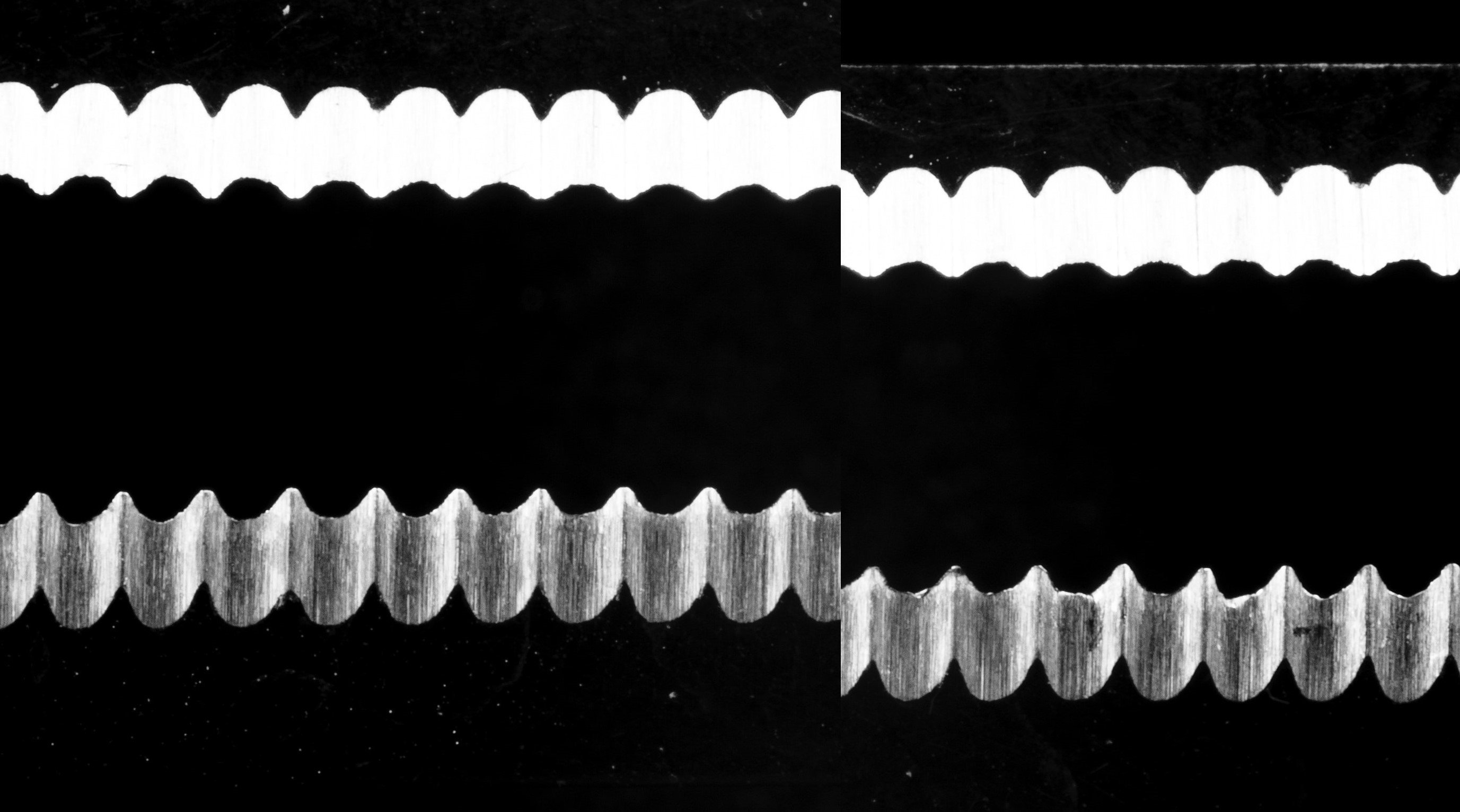A power calculator for imbalanced experiments
In a previous post, we delved into the intriguing world of imbalanced experiments, and pushed the boundaries to the extreme by entirely omitting a control group. Now, let’s bring things back to a more common scenario, where a smaller control group is actually included in the experiment, alongside a (much) bigger treatment group. In this context, a first experimental design consideration revolves around the implications of this group imbalance on statistical power.
It’s a well-known fact that, given a fixed total sample size, an equal split between control and treatment groups maximizes power1. However, what happens when we deviate from this balance, say by opting for a 9:1 split? We know that some power is sacrificed, but quantifying this loss becomes crucial. The question becomes: How much power are we really losing?
While power calculators for balanced experiments abound online, such as Evan Miller’s Sample Size Calculator or the one from booking.com, finding a calculator tailored for imbalanced scenarios proved to be a challenge. This led me to embark on a project of my own, leveraging the power of Streamlit, Python, and R.
The power calculator for imbalanced experiments was designed to answer the critical question: What is the statistical power of my experiment when I intentionally introduce an imbalance in group sizes? Whether you’re considering a 9:1 split or exploring other imbalanced configurations, this tool empowers you to make informed decisions about the trade-off between group sizes and statistical power.
You can try it for yourself by visiting the public web app deployed on Streamlit Community Cloud. For more info, take a look at the Portfolio project. Code is also on Github.




